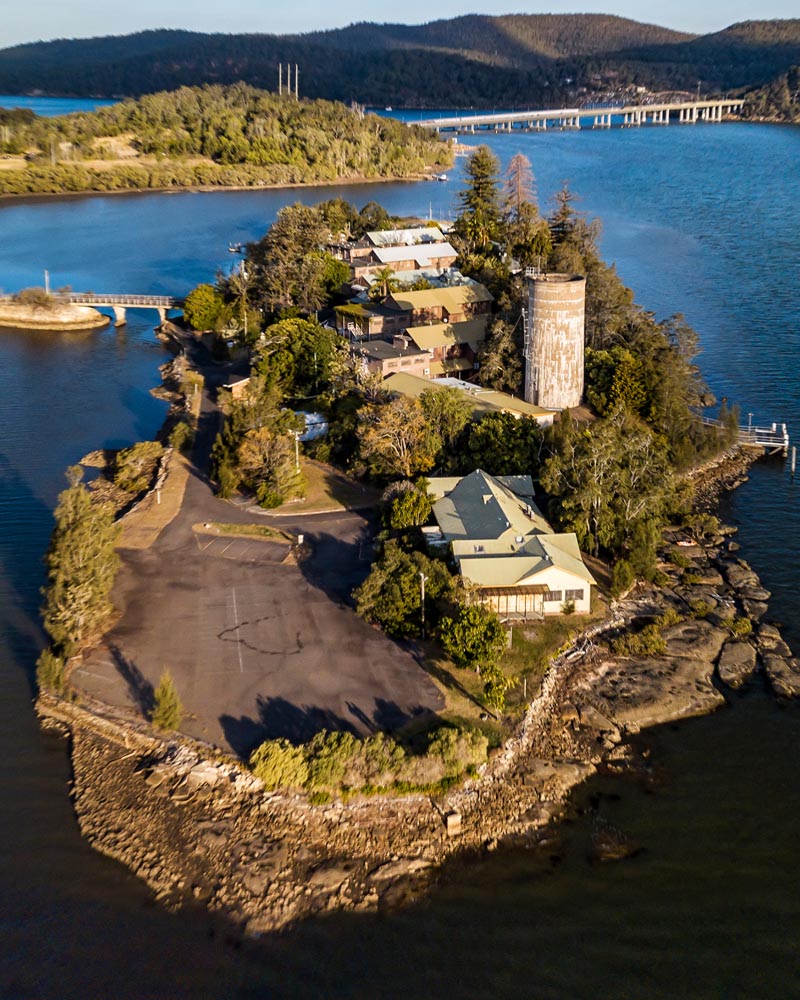29 April 2025
By Fiona Bridger – Achieve Australia Researcher and Writer
As I drive north along the Pacific Motorway this Easter, the landscape feels familiar—serene stretches of bushland, open skies, and the wide ribbon of road winding towards the Central Coast. As we pass over the Mooney Mooney Bridge and trace the shoreline near Peat Island, I find myself lost in thought, reflecting on how profoundly disability rights have evolved in Australia.
The view is peaceful, but beneath it lies a confronting history. If I had been born just 15 years earlier, there’s a real possibility I could have spent much of my life confined to a place like the Peat Island Institution—a facility established in 1911 as an “asylum for inebriates” that later became a long-stay institution for people with intellectual disabilities.
When the NDIS was introduced in 2013, it promised a new era of personalised, long-term support. And for me, it has been life changing. The NDIS has enabled me to access services that were once financially out of reach. But it hasn’t always been easy. I’ve had to challenge decisions and even take legal action to get what I need. I often think about those who don’t have advocates, or whose families can’t afford to fight for them. That’s why the system must continue to improve—not just in funding and access, but in fairness and responsiveness.
Today, the disability rights movement is also more conscious of intersectionality—the way disability intersects with factors like race, gender, sexuality and class. For instance, First Nations people with disabilities face compounded disadvantage and discrimination. The fight for equality must consider these overlapping barriers and advocate for policies that reflect the diversity of lived experience.
In so many ways, we’ve come a long way. From being locked away in institutions to gaining legal protections, access to education, and pathways to independence, people with disabilities have made enormous strides. But the journey is far from over. Disability justice—a concept that goes beyond legal rights to focus on economic, social, and cultural equity—is where the movement is now headed.
As we drive further north and the Pacific Motorway stretches ahead, I think about the generations who came before me, who didn’t have the chances I’ve had. And I think about the generations to come. The future must be one where inclusion is the norm, where no one is limited by outdated attitudes, and where disability rights are fully recognised as human rights.
Explore more topics
- Accessibility
- inclusion
- disability
- belonging
- Achieve Australia
- The Sewing Basket
- Employment
- disability employment
- Accessible
- Community
- NDIS
- 2022
- Meet our Achievers
- blog
- people with disability
- travel
- women with disability
- Advocacy
- Art
- Australia
- COVID-19
- Celebrating people we support
- Disability services
- Good nutrition
- Health tips
- Mental wellbeing
- NDS
- Sharing milestones
- Sydney
- achievable
- assistance dogs
- depression
- disability communications
- disability inclusion
- election
- employee of the year
- intellectual disability
- motherhood
- pregnancy
- social inclusion
- support workers

